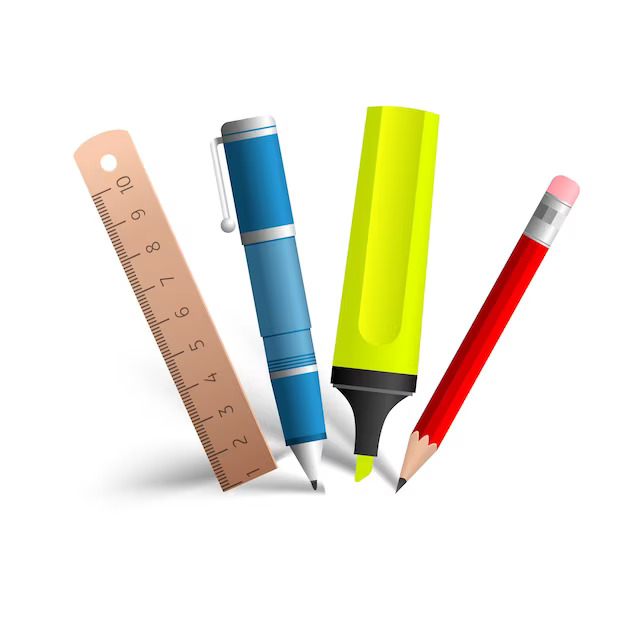Introduction
Pencils have been a trusted tool for centuries, aiding artists, writers, and students alike in unleashing their creativity. The amalgamation of graphite and wood gives birth to a versatile instrument that leaves its mark on the canvas of imagination. In this guide, we’ll delve into the intricacies of pencils, from their composition to various techniques that can bring your ideas to life. So, grab your favorite pencil, and let’s embark on a journey of artistic expression!
Pencil: A Blend of Artistry and Engineering
The humble pencil, a seemingly simple tool, holds within it a world of artistry and engineering brilliance. It consists of a slender wooden casing encasing a core of graphite, a form of crystalline carbon. The composition of graphite in a pencil determines its hardness or softness, allowing for a spectrum of strokes – from the faintest line to bold, dark shading.
Understanding Graphite Grades
Graphite grades range from H (hard) to B (soft). The H range offers harder leads suitable for fine lines and technical drawings, while the B range provides softer leads for shading and artistic expression.
Choosing the Right Pencil for the Task
Selecting the appropriate pencil for your project is crucial. For precise lines and intricate details, opt for an H-grade pencil. On the other hand, if you’re venturing into expressive sketches or shading, a B-grade pencil is your best companion.
The Art of Holding a Pencil: Finding Your Comfort Zone
The way you hold a pencil significantly impacts your drawing style and stroke control. It’s essential to find a grip that allows for fluid movement and precision.
The Tripod Grip
The tripod grip is the most common and recommended technique. Hold the pencil between your thumb and index finger, allowing it to rest on your middle finger. This provides stability and control for detailed work.
The Overhand Grip
Artists seeking fluid, sweeping strokes often opt for the overhand grip. Hold the pencil higher up the shaft, allowing for a broader range of motion.
Pencil Techniques: From Hatchings to Crosshatchings
Mastering pencil techniques opens up a world of creative possibilities. Each stroke, line, and shading technique adds depth and dimension to your artwork.
Hatchings and Crosshatchings
Hatchings involve parallel lines used to create shading and texture. Crosshatchings, as the name suggests, are layers of intersecting lines that enhance depth and form.
Blending and Smudging
Blending tools like tissue or blending stumps allow for seamless transitions between light and shadow, creating a realistic and polished look.
Frequently Asked Questions (FAQs)
How do I sharpen a pencil without a sharpener?
If you find yourself without a sharpener, using a craft knife or sandpaper is an effective alternative. Gently rotate the pencil while maintaining a steady hand.
Can I erase pencil marks?
Yes, with a high-quality eraser, you can erase pencil marks without leaving smudges or residue. Kneaded erasers are particularly adept at this.
What’s the difference between mechanical and traditional pencils?
Mechanical pencils use thin, replaceable leads, while traditional pencils have a wooden casing with a graphite core. Mechanical pencils are favored for precision, while traditional pencils offer a wider range of artistic applications.
Can I use pencils for detailed illustrations?
Absolutely! Pencils are incredibly versatile and are well-suited for intricate details in illustrations. Opt for a harder-grade pencil for fine lines.
How do I prevent smudging in my pencil drawings?
To prevent smudging, consider using a fixative spray after completing your artwork. Additionally, placing a clean sheet of paper under your hand as you work can help.
What’s the best way to store pencils?
Store your pencils in a case or container to prevent them from rolling or becoming damaged.
Conclusion
The pencil, a seemingly unassuming tool, holds immense power in the hands of a skilled artist or writer. Its versatility, combined with the artistry it enables, makes it an invaluable companion in the creative process. So, embrace the world of pencils, experiment with techniques, and let your imagination flow freely on the canvas of possibility.



